Relatively recent research has revealed a truly extraordinary connection between the brain and the body; between the vagus nerve, the immune system, and the autonomic system. All of which depend upon energy produced by the mitochondria and thus are dependent on thiamine. Before I embark on a description of this research, a few definitions are required.
- Vagus nerve: This is the longest nerve in the body. There is one on each side and the right side nerve has a different action from the left side nerve. Both start in the brain and both go to the spleen, the lung, and the intestine. It is able to send signals to and from the brain to the body. The name comes from the Latin word meaning “wanderer”.
- Cytokine: There are many of these in the body. They are small proteins, some of which cause inflammation and some inhibit it.
- Cytokine storm: If and when the inflammatory cytokines get out of control their profusion is called a cytokine storm.
- Inflammation: A localized physical condition induced by cytokines in which the affected part of the body becomes reddened, swollen, hot, and often painful, especially as a reaction to injury or infection. We now know that the inflamed joints in rheumatoid arthritis are caused by inflammatory cytokines and might justify that disease as a form of dysautonomia.
- The spleen: An organ that is located in the upper left part of the abdomen. It produces lymphocytes which are important elements in the immune system. It is the largest lymphatic organ in the body.
- Macrophage: This is a type of white blood cell of the immune system that engulf and digest cellular debris, foreign substances, microbes, and cancer cells, in a process called phagocytosis.
- The autonomic nervous system (ANS): It has been emphasized in many posts that we have two different nervous systems. The voluntary system responds to free will whereas the ANS acts automatically. It is controlled by the lower part of the brain and this will be important as we develop this post.
- Acetylcholine: A chemical substance known as a neurotransmitter. Without this substance, the vagus nerve will not function.
- Citric acid cycle: This is a complex series of chemical substances that occur in nearly every cell in the body. It is the “engine” of the cell, manufacturing the energy required for the cell to function. This energy is stored in another chemical substance known as adenosine triphosphate (ATP). Although the analogy is imperfect, the nearest thing to explain its function is “a battery”. So you might think of the relationship as being like a continual recharge of a battery. Consumption of energy for function must be met by a continual production. It is the deficit between energy production and its consumption that causes the symptom that we call fatigue.
The Inflammatory Reflex, an Autonomic Response
The reason that I have called this a reflex is because we now know that inflammation, a defensive mechanism, is controlled by the brain through the vagus nerve. It is an automatic and reflexive response controlled by the autonomic system. The inflammation of selected parts of the body results from the release of inflammatory cytokines by the action of this nerve. That is why I think of rheumatoid arthritis as a form of dysautonomia (abnormal ANS function).
All of us live in an essentially hostile environment. We have to cope with an attack by microorganisms such as bacteria and viruses, different types of trauma, the weather, and virtually any outside or inside change that demands a response. In other words, we live our lives from one end to another in a state of attack and defense. I have indicated many times that any kind of response to some form of attack requires energy to run the machinery that acts in our defense. When energy is insufficient, the ANS begins to fail and defense mechanisms collapse or become distorted in their action. If severe enough, death may follow. Another cause of disease is faulty genetics but that is also partially energy dependent because of the science of epigenetics.
The ANS works all the time and is monitoring our well-being. It is able to detect an attack by a microorganism or other forms of “stress”. This results in a message, sent via the vagus nerve to the brain. It is essentially a notification that some form of attack has been detected. What happens then is so well described in an abstract from a published paper that I quote from it liberally below.
The ‘cytokine theory of disease’ states that an overproduction of cytokines can cause the clinical manifestations of disease. Much effort has been expended to determine how cytokines are regulated in normal health. Transcriptional, translational and other molecular control mechanisms protect the host from excessive cytokine production. A recent discovery revealed an unexpected pathway that inhibits macrophage cytokine production. The inflammatory reflex is a physiological pathway in which the autonomic nervous system detects the presence of inflammatory stimuli and modulates cytokine production. Afferent signals to the brain are transmitted via the vagus nerve, which activates a reflex response that culminates in efferent vagus nerve signaling. Termed the ‘cholinergic anti‐inflammatory pathway, efferent activity in the vagus nerve releases acetylcholine (ACh) in the vicinity of macrophages within the reticuloendothelial system.
Some of the cytokines cause inflammation while others inhibit inflammation. A growing body of clinical data suggests that a cytokine storm is associated with Covid-19, suggesting that it might be an important component for rescuing patients with severe Covid 19.
The Energy Immune Response Hypothesis
I have done my best to describe the vitally important relationship between the body and the brain in defending ourselves from the attacks of environment. By far the most important phenomenon seems to be how we produce energy and I learned many years ago that beriberi was the prototype for failure of energy production. Thiamine was blamed as the cause of this disease and in spite of the importance of other members of the B complex, it seems to be the dominant vitamin in the consumption of glucose to provide energy to the brain. We have good reason to believe that an insufficiency of this vitamin is all too common in the United States and is responsible for a huge amount of unrecognized disease. Because the lower part of the brain that controls the ANS is particularly sensitive to this deficiency the commonest result is different manifestations of dysautonomia. However, patients are not visibly affected, as seen by others, often visiting their family physician where a common false diagnosis is psychosomatic disease. The general effect is a lack of fitness that makes them more susceptible to the more severe results of any infection.
The Cytokine Storm, the Vagus Nerve, Acetylcholine and Thiamine
If cytokine pathology is responsible for the symptoms of Covid 19, stimulation of the inflammatory reflex is an obvious method of treatment. This can be done by electrical stimulation of the vagus nerve. However, if thiamine deficiency is a common finding in the American public, it would result in a deficiency of acetylcholine, the neurotransmitter essential to the vagus nerve. It strongly suggests that thiamine, used as a drug, might be successful in suppressing the cytokine storm. The most effective thiamine derivative would be thiamine tetrahydrofurfuryl disulfide (TTFD). Because my years of study have demonstrated to me that there is no toxicity arising from it, it could be used empirically in the emergency room, although if given to someone with long-standing chronic thiamine deficiency, there is a possibility of refeeding syndrome. If this is the correct solution to the symptoms of Covid 19, it may well be that thiamine deficiency is responsible for those that are generated in the so-called Longhaulers. The chronicity of symptoms is the same as those that occur in beriberi.
We Need Your Help
More people than ever are reading Hormones Matter, a testament to the need for independent voices in health and medicine. We are not funded and accept limited advertising. Unlike many health sites, we don’t force you to purchase a subscription. We believe health information should be open to all. If you read Hormones Matter, like it, please help support it. Contribute now.
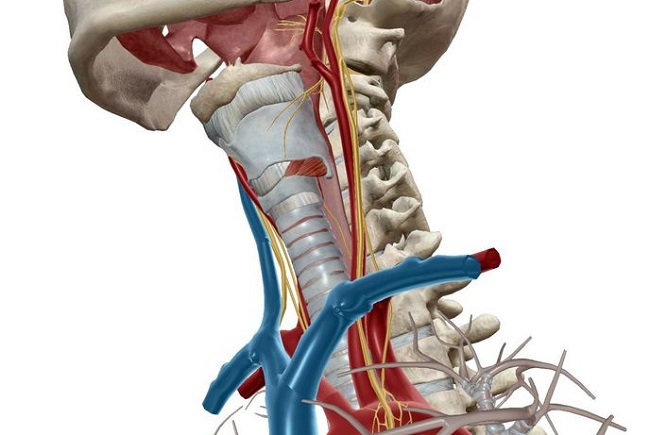

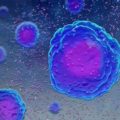


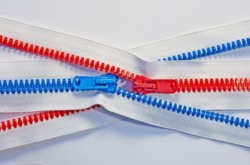
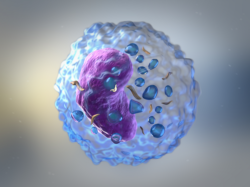
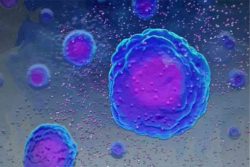
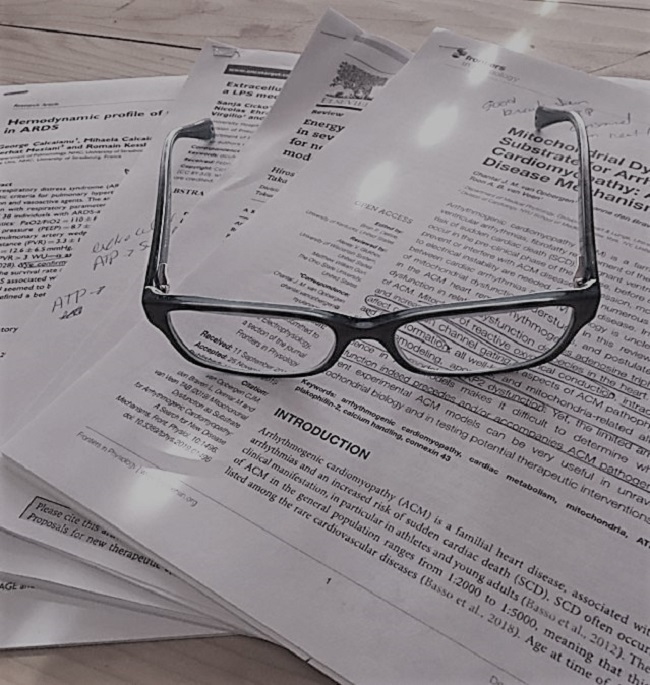





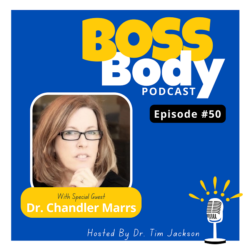
Hi Dr. Lonsdale,
I find acetylcholine very confusing and have been trying to read about it to better understand. I found an interesting study here: https://pubmed.ncbi.nlm.nih.gov/20649840/
“The decrease of pyruvate and ketoglutarate dehydrogenase complex activities is the main cause of energy and acetyl-CoA deficits in thiamine deficiency-evoked cholinergic encephalopathies. However, disturbances in pathways of acetyl-CoA metabolism leading to appearance of cholinergic deficits remain unknown. Therefore, the aim of this work was to investigate alterations in concentration and distribution of acetyl-CoA and in acetylcholine metabolism in brain nerve terminals, caused by thiamine deficits. They were induced by the pyrithiamine, a potent inhibitor of thiamine pyrophosphokinase. The thiamine deficit reduced metabolic fluxes through pyruvate and ketoglutarate dehydrogenase steps, yielding deficits of acetyl-CoA in mitochondrial and cytoplasmic compartments of K-depolarized nerve terminals. It also inhibited indirect transport of acetyl-CoA though ATP-citrate lyase pathway being without effect on its direct Ca-dependent transport to synaptoplasm. Resulting suppression of synaptoplasmic acetyl-CoA correlated with inhibition of quantal acetylcholine release (r = 0.91, p = 0.012). On the other hand, thiamine deficiency activated non-quantal acetylcholine release that was independent of shifts in intraterminal distribution of acetyl-CoA. Choline acetyltransferase activity was not changed by these conditions. These data indicate that divergent alterations in the release of non-quantal and quantal acetylcholine pools from thiamine deficient nerve terminals could be caused by the inhibition of acetyl-CoA and citrate synthesis in their mitochondria. They in turn, caused inhibition of acetyl-CoA transport to the synaptoplasmic compartment through ATP-citrate lyase pathway yielding deficits of cholinergic functions.”
-end-
Apparently there are two types of acetylcholine; non-quantal and quantal. According to this study, thiamine deficiency inhibits quantal acetalcholine and activates non-quantal acetylcholine. I’m left with the understanding that thiamine deficiency damages the availability of acetyl-CoA which throws a ringer into the process of how acetylcholine (quantal and non-quantal) are supposed to function. Maybe?
This is clear as mud to me. All I know is that high dose thiamine has given me my life back.
Thank you for all you do! Your knowledge has helped me a great deal.
Is the epidemic of mouth breathing caused by thiamine deficiency?
Is nasal breathing, when walking for example, not oxygenating the blood enough in the thiamine deficient state?
Or is that line of thought way off mark? I know POTS can be caused by thiamine deficiency but the mechanism behind the high HR I have got no clue about.
Weakened oxygen distribution causing the heart to pump faster? If so, mouth breathing could be an adaption to that?
You must understand one basic connection with thiamine deficiency. Hypoxia is the word that we use for lack of oxygen. That usually means that blood oxygen is not being delivered. But thiamine deficiency prevents the oxygen being consumed and is sometimes referred to as pseudo-hypoxia (false lack of oxygen). Obviously, hypoxia or pseudo-hypoxia have the same results, a failure to meet the energy demand of the cell. This is expressed by an affected person in a whole series of ways that we call symptoms. Breathlessness is obviously one of them. I did not know there was an epidemic of mouth breathing but this is caused commonly by nasal congestion which can indeed be a reflection of brain pseudo-hypoxia, suggesting that thiamine deficiency is by no means rare.
Thanks for giving me the time for a quick lecture, wise teacher!
My understanding of the symptom complex of TD is much clearer now. By the way, it was foolish of me to throw around the word epidemic without anything substantial to back it up. There is some merit to the observation however.
Dear Dr. Lonsdale,
Just came across this article. I believe many long haulers might be suffering from the impaired methylation and possibly suboptimal glutathione level. I am not sure if TTFD depletes glutathione but would it be reasonable to assume that Thiamine HCL is a reasonable alternative? On the other hand, Thiamine HCL is known as a histamine liberator. Actually, many long haulers are suffering from the paramount histamine intolerance. With all that in mind, what would you suggest for treatment?
Many thanks.
Published in the medical literature is the fact that thiamine deficiency is common in critical disease. All the thiamine derivatives have the same therapeutic result—delivery of thiamine to the cells. The ONLY difference is the efficiency of delivery.
Dr. Lonsdale,
I came across your work two to three months ago. This is just to let you know how much I appreciate your research and its recent benefits for my family. Had I found you years ago, our lives, I believe, would have been much different.
Your words of “curse of superior intelligence,” “motility,” and “:long morbidity, low mortality” describe our lives.perfectly. For 50 years I tried every alternative modality I came across—-supplements, body work, esoteric healing methods, etc. And, of course, nothing brought about the desired results. In retrospect, maybe the daily B vitamins my husband and daughter took for over 40 years kept them going..Upon learning about thiamine, we tried different forms, but, as you might have guessed, TTFD was far superior. We’re still working on the dosage.
I wasn’t quite sure where to write my thank you, so trust you’ll see this and know that I’ll be eternally grateful to you, regardless of how much progress we make. I finally better understand the problem and can see that the future may be somewhat less difficult than the past. Thank you.
Thank you. TTFD would be even better.
What is TTFD?
Thiamine tetrahydrofurfuryl disulfide. Look up the post on this website. It is the synthetic equivalent of allithiamine found in garlic.
Dr Lonsdale, did you see this recent (ish) paper?
“Therapeutic Prospects for Th-17 Cell Immune Storm Syndrome and Neurological Symptoms in COVID-19: Thiamine Efficacy and Safety, In-vitro Evidence and Pharmacokinetic Profile”
The Th17 mediated IL-17 proinflammatory response can potentially be attenuated by thiamine. Thiamine, a very safe drug even at very high doses, could be repurposed for treating the cytokine/immune storm of COVID-19 and the subsequent neurological symptoms observed in COVID-19 patients. Further studies using thiamine as an interventional/prevention strategy in severe COVID-19 patients could identify its precise anti-inflammatory role.
https://www.medrxiv.org/content/10.1101/2020.08.23.20177501v1.full
Thank you. TTFD would be even better.